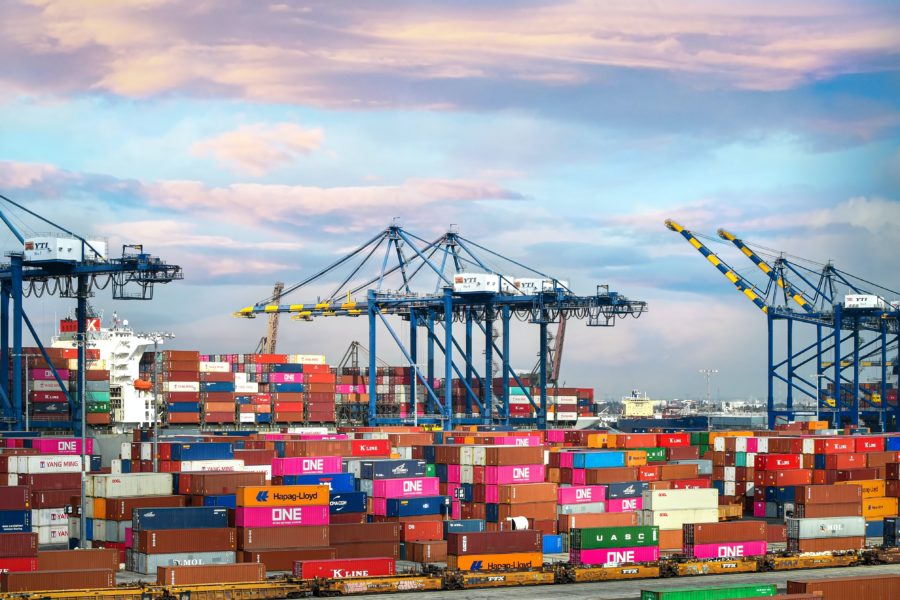A persistent kink in the global supply chain is getting straightened out – slowly, but relatively surely.
The backlog at southern California ports appears to finally be easing, even as imports continue to flood into the U.S. What had been a lingering issue in recent months may now be approaching its end.
As recently as late March, West Coast ports like those in Los Angeles and Long Beach, California, had caused major supply chain disruptions. The two California ports – among the busiest in the world — were clogged at length from an inventory restocking drive that began late last year. The California ports handled 97.1% more container imports in March compared to the year-ago period, and 65.1% more than March 2019, reported The Wall Street Journal (April 14).
SIGNS OF HOPE
“We are making progress,” Port of Los Angeles executive director Gene Seroka told The Wall Street Journal on Wednesday. “Today we have half the number of anchorage ships that we reported at the peak in February.”
The shipping traffic jam, of course, has been part of a larger gridlock in supply chains around the globe caused by disruptions from the COVID-19 pandemic.
The ports of Los Angeles and Long Beach dealt with their busiest March on record, handling 898,287 container imports. The port of Los Angeles is on pace to have the best fiscal year in history for any port in the Western Hemisphere, reported presstelegram.com (April 14).
Businesses have been restocking inventories that were depleted earlier in the pandemic. Trade data group Panjiva said Tuesday that U.S. seaborne imports of containerized freight surpassed 3 million TEUs (or 20-foot equivalent units) last month.
The global ripple effects are many, and the supply chain pain has been far-reaching. In February, for example, Hershey CEO Michelle Buck noted that her company has seen freight inflation become an increasing issue. And, more recently, trucking companies have been boosting pay in order to hire drivers as consumer spending and tight capacity are increasing demand. Knight-Swift Transportation Holdings Inc., the largest trucking company in North America, recently increased pay for certified drivers by 40%, reported The Wall Street Journal.
ISSUES AT PLAY
The heavy flow that began in July, Seroka told reporters, is due in large part to a pandemic-related online retail spending surge, as consumers consistently purchased items they could enjoy at home (golf equipment, for example, according to Seroka).
And, as a result, the waiting time to load containers on trains out of Los Angeles reached 11 days this week, up from a normal yearly average of around two days, port officials said. Seroka said that the rapid succession of vessel calls, poor weather across the country, plus a one-way trade spike make it tough to get railcars back to Los Angeles quickly.
The port expects box volumes to rise 28% from last year in April and 45% in May. Liner operators say there simply isn’t enough capacity in the water to handle the demand. The backlogs have caused many retailers to wait for weeks for goods stuck on ships at sea.
However, Rolf Habben Jansen, the chief executive of container line Hapag Lloyd AG, told The Wall Street Journal that he expects the bottlenecks to ease in the third quarter.











